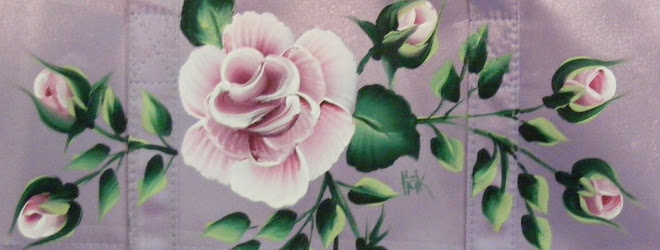This is a follow-up to my blog from the other day, "Gold & Silver Prices."
Copper:
A lot of us have started using copper for our wire and findings instead of gold-filled and sterling silver. Copper is also a commodity and is subject to fluctuating prices, but it's not nearly as expensive as gold and silver. The day that I posted the gold and silver prices, I saw that copper was a little under $4 a pound, which means that it's less than 25 cents per ounce. That's a great price if you compare it to gold and silver.
Copper can be very nice on some pieces, but in my opinion, it doesn't work with all colors. For example, I just don't like the idea of using copper with red, because it's like mixing orange and red. You might like that look, but it bothers my eyes--probably goes back to the days of my youth when you weren't supposed to mix red, pink, and/or orange. Of course, you can patina the copper so that it turns a dark brown if you like--I usually don't care for this patina very much because it's dull and looks like tarnish to me and I tend to prefer my metals shiny. There are recipes for creating a verdigris (green) patina on your copper. I love the color of verdigris, but it's a form of corrosion and it will flake off. You might be able to protect it with some spray sealers, but I'm not sure. I suspect that the sealers would quickly wear off, which makes this a bad choice for items to sell.
You can buy ready-made copper findings for reasonable prices in many local or online bead shops. You can buy your copper wire in a hardware store--it's usually even cheaper there. If you can find a hardware store that sells copper wire in various gauges without a plastic coating, you've hit the jackpot! I understand that Home Depot used to sell small reels of 20 gauge, round copper wire, but I haven't been able to find it recently. I have bought some copper wire by the foot in their electrical department, but they mostly don't seem to have the gauges that I want. If you're doing wire-wrapping, you'll need to get your half-round or square wire from a bead shop.
Something to consider...Often the copper wire you buy in a bead shop is treated to resist tarnish. The copper wire you buy in a hardware store is not treated. I once made a necklace out of copper links from 2 different gauges of wire. After a while the larger links (hardware store copper) turned a dull brown while the smaller links (bead shop copper) maintained their color and shine. In this case, it doesn't bother me because I can occasionally soak the necklace in a vinegar/salt solution for a few minutes to remove the tarnish. I know that the focal bead I used won't be harmed by the vinegar and salt because it's not porous.
Lead-Free, Fine Pewter:
Another inexpensive alternative to sterling silver or gold-filled findings is lead-free pewter, also known as fine pewter. It's made in gold-tone and silver-tone. Fine pewter doesn't tarnish, which makes it superior to base metal findings. While the silver-tone looks like sterling silver, the gold-tone can sometimes be a tiny bit brassy. One downside to fine pewter is that it's brittle and cannot be "work hardened" so you'll only find ready-made findings. You won't find wire, earwires, open jump rings, or clasps with moving parts made from fine pewter. There are some wonderful fine pewter spacer beads, bead caps, cones, charms, and toggle clasps available.
For much of my jewelry, I use fine pewter toggle clasps and spacer beads with sterling or gold-filled jump rings and earwires. Of course, I always list the types of metals I used in my items for sale in their descriptions.

Hi Linda,
ReplyDeleteI love all the information about metals that you've posted. Keep it coming.. this is now my "go to" page, where I look first when I have a question about wire.
Thanks so much for providing this!
Tanya
Thanks, Tanya. I spent a lot of time trying to find this kind of information when I was new to beading. My goal is to make simplified information in a single location.
ReplyDelete